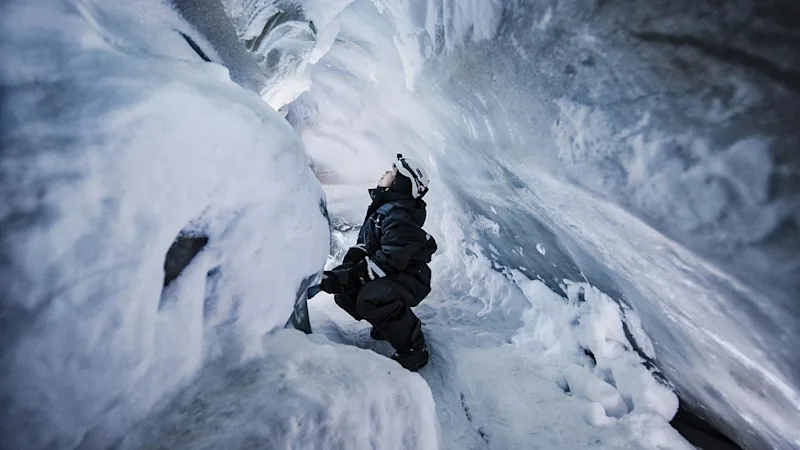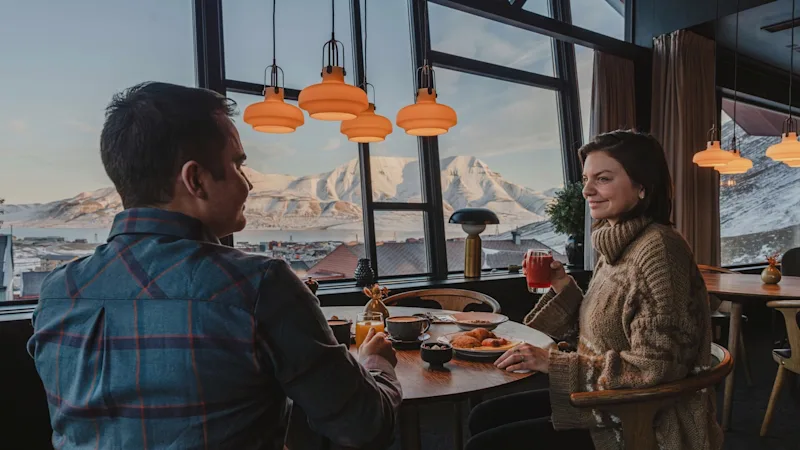The magic of Svalbard’s wintertime – 4 things you mustn’t miss!
On the Svalbard archipelago, between Norway and the North Pole, there are more polar bears than humans. However, there is more than just animals, glaciers and breath-taking nature to experience here. Here are 4 tips on things you can do on Svalbard in the winter.
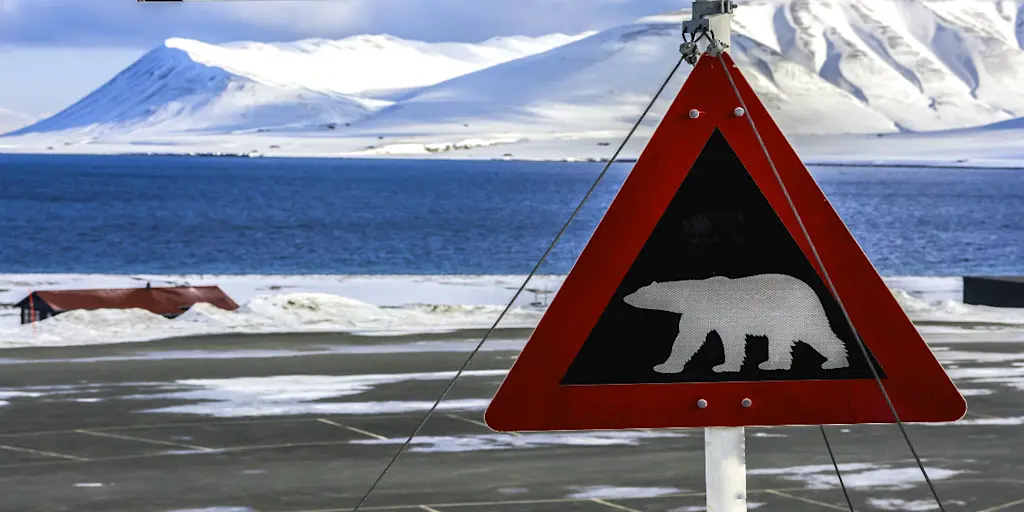
There are approximately 2,600 people that live on Svalbard – the majority of whom live in the largest city, Longyearbyen. The inhabitants have to get along with 3,000 polar bears, a variety of seals and a mountainous and majestic environment. Although a thick layer of snow covers Svalbard most of the year, there are activities that are seasonal. Here are 4 tips for things you can do on Svalbard in the winter.
1. The great wilderness

A visit to Svalbard also means, for most people, the magnificent nature and the majestic views. Nearly two thirds of the archipelago are protected areas, with several nature reserves, national parks and bird sanctuaries. There are several different ways to experience Svalbard’s wilderness – ranging from snowmobiles and boat trips to long hikes and dog sledding. During the winter months darkness covers the archipelago – something that should be taken into account when booking your activities.
2. Magical Northern Lights – around the clock
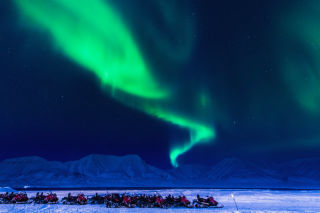
From early spring to autumn we have midnight sun on Svalbard. In contrast, there is a complete lack of daylight during the so-called polar night that stretches from November to February. This midwinter darkness means that the sun never rises during the day; that is, it is below the horizon throughout the day.
"During the polar night you can experience the Northern Lights around the clock"
During this period, people from all over the world are streaming to Svalbard to see the famous northern lights dance across the sky. In fact, Svalbard is the only place on earth where you can experience the northern lights during the day. The geographical location of Longyearbyen, almost between the Norwegian mainland and the North Pole, provides unique conditions for experiencing the Northern Lights. During the polar night you can experience the Northern Lights around the clock, even at lunchtime. In October and February, you will experience the special blue Arctic light during the day and the northern lights at night.
3. The world’s northernmost beer producer
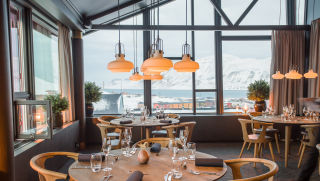
When darkness has blanketed Svalbard and you have already experienced both the Northern Lights and wildlife, we recommend a visit to the Svalbard Brewery – the world’s northernmost beer producer. Here, delicious beer is made from glacier water, which can of course be bought in Longyearbyen’s only supermarket. Book a viewing and hear the amazing story and background of the brewery’s origins. After a tour of the brewery, perhaps we can tempt you with a meal. Even though Longyearbyen is not that big, there are plenty of options for hungry visitors. Huset (the house) is a restaurant with a long history that combines Scandinavian flavours with local ingredients. The restaurant also has one of Scandinavia’s largest wine cellars with over 20,000 bottles. A tasteful option for even the pickiest. The Funktionærmessen Restaurant is a newly renovated restaurant that offers Longyearbyen’s best views. At this restaurant, voted one of Norway’s best, history is combined with class and quality. A visit here guarantees panoramic views, fine dining and delicious drinks – why not treat yourself to one of the 70 different types of champagne?
4. Historical and interesting at Svalbard museum
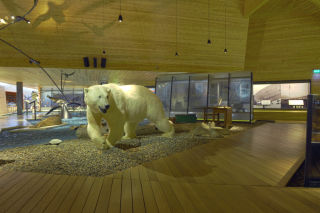
Wall to wall with Longyearbyen’s University is the Svalbard museum. If you want to learn more about the history, flora, fauna of the archipelago, or what the conditions are like this far north, a visit to the museum is definitely worth your while. The museum presents knowledge about the animals and nature found on Svalbard in an informative way, but also tells you about the hard mining life that exists here. In addition, you will learn more about how Svalbard has evolved to what it is today and about whalers, colliers and polar explorers.

